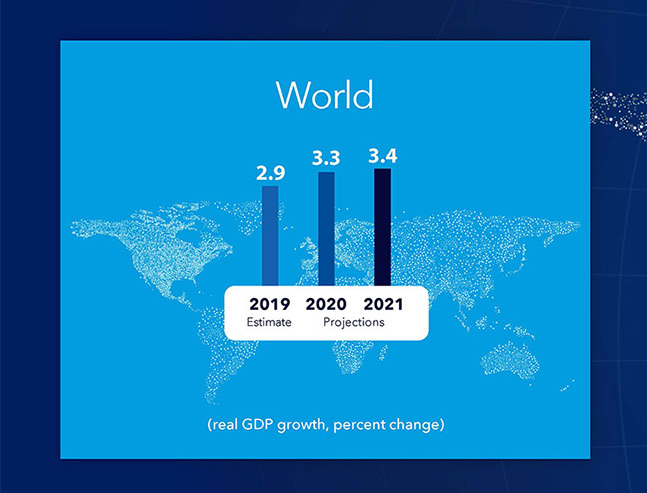
Asia a growth hot spot even after covid 19
Be engaged and ready for when Southeast Asia's recovery takes hold
For those with a medium to long term view, Southeast Asia will continue to offer opportunities, COVID19 or not.
Southeast Asia was one of the fastest growing regions in the world before the COVID19 crisis. Now with the global economy hitting a recession, or according to some, hitting a depression, the outlook for business and investment opportunities in Southeast Asia are being questioned. Will COVID19 end Southeast Asia's growth prospects?
True, Southeast Asia's economies all are facing recessions or sharp slowdowns just like every other country in the world at the moment. The question is, how will they survive the next three months to two years? If lockdowns become the norm and the world receives wave after wave of the coronavirus, it will be tough. Some countries may even face large social risks as people become unhappy that their needs are not met by the government.
But let's first look at the fundamentals. Besides Singapore, which is an OECD developed economy, the rest of Southeast Asia still has a lot of economic growth to be had. Places like Vietnam, Laos, Cambodia, Myanmar, Philippines and Indonesia have relatively young and large populations which are still growing. Many countries in the region continue to improve their business environments and are more open to doing business with the rest of the world. Southeast Asia is also an ideal place for global manufacturing companies to place some of their supply chains outside of China.
There is a lot of talk about multinational corporations needing to diversify their supply and manufacturing chains. Some may consider bringing manufacturing back to Germany, whereas others may evaluate if Eastern Europe is a good option. It may also be decided that Southeast Asia and the rest of Asia still remains an important pillar for global manufacturing. There are additional factors at play and these will continue to increase in importance. For companies that do need to diversify, looking at Southeast Asia as a manufacturing base is very good start. Vietnam, for instance, stands out as one country that many European and North American firms are looking at. Japanese, South Korean and Taiwanese companies discovered Vietnam some time back, so European firms will need to do some catching up.

Source: IMF World Economic Outlook

Source: IMF World Economic Outlook
A majority of Southeast Asia's economies are likely to survive the coronavirus pandemic. Some will even come out stronger and more resilient. But to participate in that recovery, relationships must be made now. It is not possible for a company to show up once these economies have already started to grow fast again and then try to sell their goods and services. Time and resources should be invested in to understand Southeast Asia. This region will remain important and a source of business growth and activity for German and European companies for years to come.